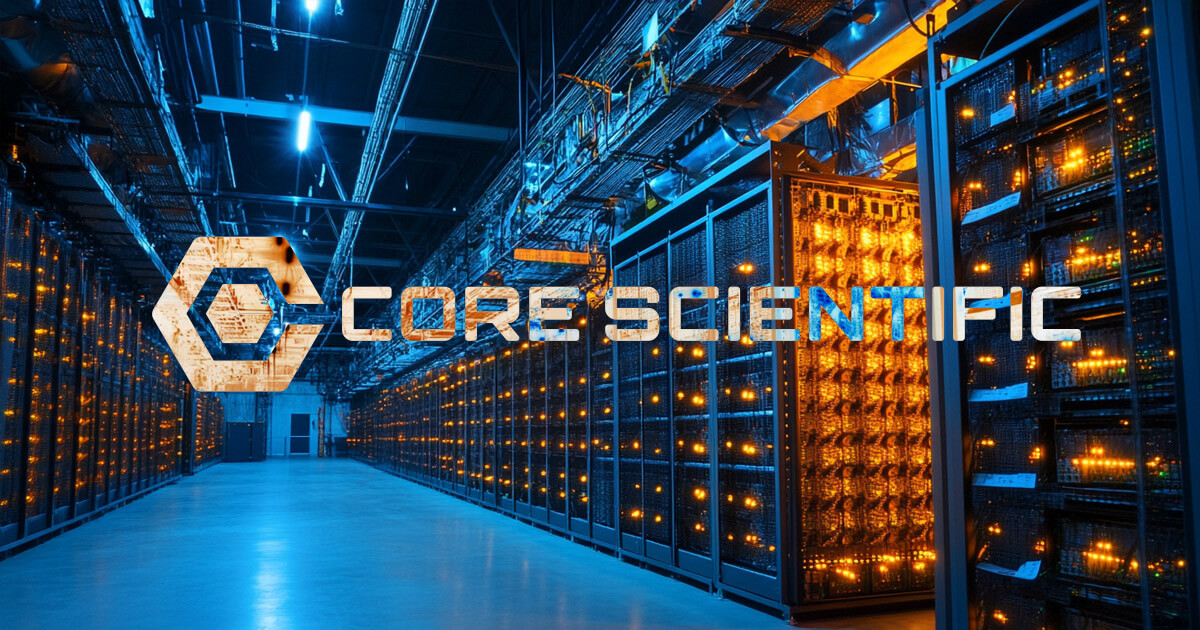 Cardano sets sights on a new era of scalability with layer-2 advancements Oluwapelumi Adejumo · 4 seconds ago · 2 min read
Cardano sets sights on a new era of scalability with layer-2 advancements Oluwapelumi Adejumo · 4 seconds ago · 2 min read
Cardano pushes beyond singular frameworks, aiming for interoperable Layer-2 solutions to boost speed, privacy, and composability.

Cover art/illustration via CryptoSlate. Image includes combined content which may include AI-generated content.
Cardano is advancing its long-term scaling strategy with a fresh wave of Layer-2 (L2) innovations, moving beyond the Hydra framework.
This next phase was outlined during a high-level research session in June 2025, organized by Input Output Global (IOG), the core development team behind Cardano.
The event convened technical leaders from the Intersect Working Group, developers from prominent Cardano-based projects, and academic partners.
Together, they outlined a roadmap where Hydra is just one part of a broader L2 portfolio designed to improve speed, privacy, and interoperability across the ecosystem.
Layer-2 solutions
At the event, several L2 solutions, including Midgard, Hydra, and others, were spotlighted during the session.
Hydra, built initially for fast off-chain transactions, now has two key configurations. One version, Hydra Head, focuses on small, fixed participant groups using state channels, while the other, Hydra Tail, adopts a rollup model aimed at higher transaction volumes.
Midgard, developed by Anastasia Labs, was introduced as a Cardano-native optimistic rollup.
The project features deterministic fraud proofs and minimal reliance on centralized governance. It was inspired by the design of the Ethereum layer-2 solution Optimism and Fuel. Its mainnet launch is expected by the end of the year.
Meanwhile, two zero-knowledge-based projects, zkFold and Eryx, featured prominently at the Cardano event.
zkFold compresses hundreds of transactions into a single submission for increased efficiency. On the other hand, Eryx aims to deploy a ZK bridge that enables secure communication between Cardano chains.
Another presentation came from Sundae Labs, which is working on Gummiworm, a Hydra-inspired rollup that separates execution from custody. This change could support more flexible DeFi operations on Cardano.
Cardano L2 goals
The panelists emphasized that Cardano’s future depends on a portfolio of interoperable L2s, rather than a single dominant solution.
They stated that each L2 will serve distinct roles, maintaining composability through common standards and shared infrastructure.
According to them:
“The goal is to offer a portfolio of solutions optimized for different use cases—ranging from DeFi and privacy to high-throughput applications—underpinned by shared standards that ensure seamless cross-protocol interaction.”
Meanwhile, they also stressed the need to build a unified interface layer to ensure smooth interaction across these L2s. Participants noted that this approach aims to avoid the fragmentation seen in Ethereum’s scaling ecosystem.
However, they noted that challenges like liquidity fragmentation and poor user experience remain hurdles to adopting the L2 solutions.
Due to this, they proposed several solutions, including liquidity bonding, better cross-protocol integration, and incentive structures that reward users and developers.




















































